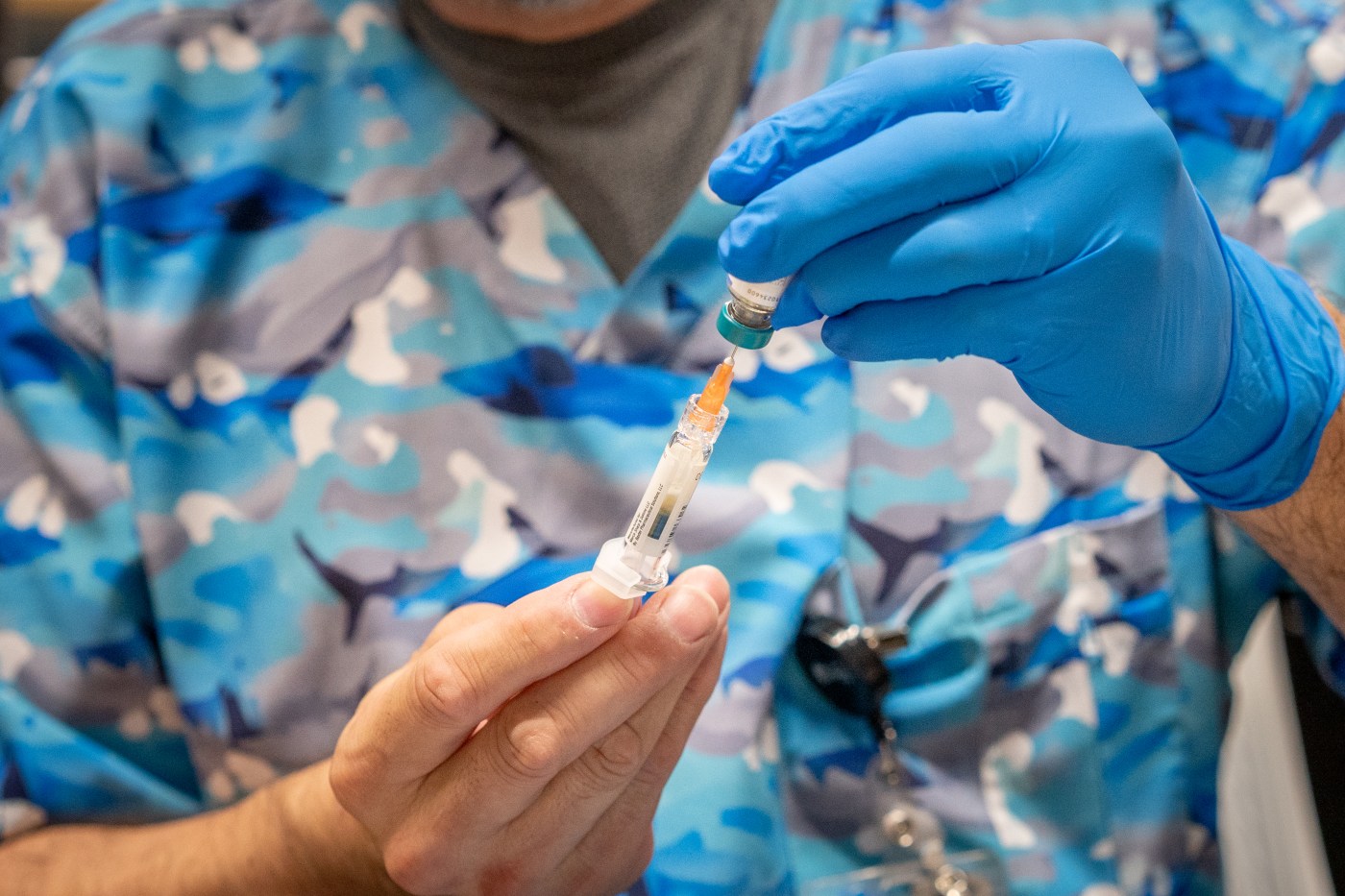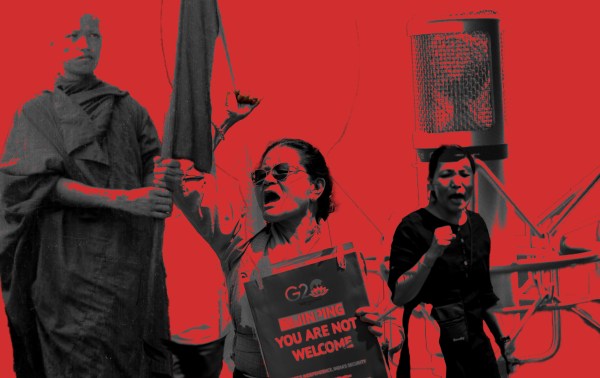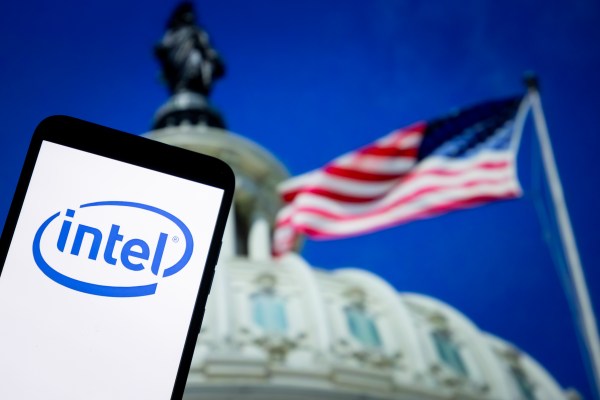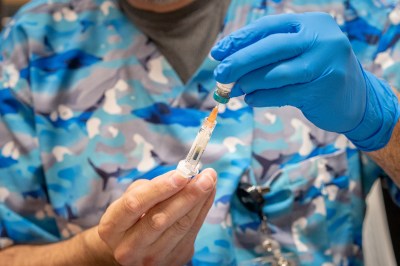In an appearance on NewsNation on April 30, Health and Human Services Secretary Robert F. Kennedy Jr. was asked about his responsibility to encourage vaccination against preventable diseases such as the measles. Kennedy said that the Centers for Disease Control and Prevention (CDC) should focus on alternative treatment options for measles, claiming that the measles, mumps, and rubella (MMR) vaccine “contains a lot of aborted fetus debris” and “DNA particles.”
“There are populations in our country—like the Mennonites in Texas—who are most afflicted, and they have religious objections to the vaccination because the MMR vaccine contains a lot of aborted fetus debris and DNA particles,” Kennedy said. “So, they don’t want to take it. So, we ought to be able to take care of those populations when they get sick, and that’s one of the things that CDC has not done.”
There is no “fetus debris” or “DNA particles” in the MMR vaccine. The rubella vaccine—which along with the measles and mumps vaccines makes up the MMR shot—was initially developed using a cell line, cultured cells that reproduce indefinitely, taken from a single aborted fetus in 1962, but those fetal cells are not in the finished vaccine product.
To understand why researchers used fetal cells requires some background on vaccine development. Researchers develop vaccines by injecting viruses into living cells, adapting them to provoke a more effective response from the human immune system. But to do this safely, they need host cells that are free of other viruses or contaminants.
For the first half of the 20th century, finding suitable cells that could safely host viruses over long enough periods of time for them to adapt posed challenges. Unlike today, “there was good reason for vaccine hesitancy back then, because there weren’t very safe vaccines,” Dr. S. Jay Olshansky, an epidemiology and biostatistics professor at the University of Illinois–Chicago, told The Dispatch Fact Check. “Having a completely pure, safe medium for growing viral vaccines was critical.”
At the time, live cells taken from humans were not considered suitable for vaccine development because of inefficient growth and survival rates, and mass vaccine production would require ample amounts harvested from living donors. Additionally, there were contamination concerns with human cells, which, though not supported by scientific research, were considered more likely to carry pathogens susceptible to humans. So, scientists turned to what they thought was the next best thing available—cells taken from monkey kidneys. “Those animals were adult animals that had been exposed to viruses during the course of their lives, and those kidney cells often contain those viruses,” Olshansky said. These viruses, some of which were lethal or linked to cancer, could be passed down through the vaccine to its recipients and sometimes even vaccine workers.
In 1961, Dr. Leonard Hayflick of the Wistar Institute, a biomedical research nonprofit based in Philadelphia, discovered that human cells were not eternal but subdivided on average about 50 times over their lifespan before dying—a cutoff known today as the “Hayflick limit.” From that discovery, Hayflick saw the potential to reshape vaccine development. “He believed that if you had a pure cell line, uncontaminated by viruses from the outside world—which would come from a fetus, for example—no exposure to the outside world … that might be the perfect medium to grow safe vaccines,” Olshanksy, who worked closely with Hayflick and is currently writing a book about him, explained. “And he was right.”
If cells subdivided a set amount of times, Hayflick wondered, could the subdivision process be paused by freezing the cells, allowing for the proliferation of the cells over long periods of time? To experiment, Hayflick took a sample of cells taken from lung tissue of a fetus electively aborted in Stockholm, Sweden—unrelated to any ongoing scientific research—in 1962. He discovered that “the duration of life of the cells was extended by the amount of time that they were frozen,” Olshansky explained. After the cells thawed out, they continued replicating and indeed remembered how many times they had subdivided before being frozen. “You could actually stop the process of cell division and it will renew itself, remembering how many cell divisions had already occurred. That was the key finding,” Olshanky said, “the ability of the cells to know how many times they replicated before.”
Researchers today, a year from now, and 50 years from now could use cells from the same cell line, providing a safe and standard environmental host for viral vaccines to grow in. And that’s precisely what happened with the fetal cell line Hayflick experimented with, named WI-38. That cell line provided a sterile environment for viral vaccines to develop safely, without fear of contamination. While the cell line from that fetus is no longer used to manufacture new vaccines, it is still used today in vaccine testing.
In addition to the MMR vaccine, the WI-38 cell line was used to develop vaccines for poliomyelitis, varicella (chicken pox), herpes zoster, adenovirus, rabies, and Hepatitis A. In 2017, Hayflick and Olshansky co-authored a study in which they estimated that about 4.5 billion cases of those diseases have been averted globally with a vaccine developed using the WI-38 cell line or a derivative from it, saving about 10.3 million lives. “Nearly everyone born in the developed world since 1962 received at least one vaccine manufactured with the WI-38 cell strain,” Hayflick and Olshansky wrote, “along with a growing proportion of the population in developing nations.”
Although WI-38 is today retired from vaccine development, other fetal-based cell lines are still used to create new vaccines. COVID-19 vaccines produced by Moderna, Pfizer, Johnson & Johnson, and AstraZeneca, were developed using a cell line taken from a different fetus aborted in the 1970s. A March 2021 statement from a group of pro-life Catholic scholars, stated, “While there is a technical causal linkage between each of the current vaccines and prior abortions of human persons, we are all agreed, that connection does not mean that vaccine use contributes to the evil of abortion or shows disrespect for the remains of unborn human beings.” It added, “As a matter of scientific fact, no fetal ‘body parts’ are present in these immortal cell lines.”
Kennedy has made other misleading claims about the MMR vaccine in recent media appearances. In an April 8 interview with CBS News, Kennedy publicly recommended that the public receive the MMR vaccine, but tempered his endorsement by falsely claiming in the same interview that “the vaccine wanes very quickly” and that many potential health risks are unknown “because they’re not safety tested.” MMR vaccines have undergone rigorous safety testing, and those who have received two doses of the shot have lifetime protection from the viruses.
If you have a claim you would like to see us fact check, please send us an email at factcheck@thedispatch.com. If you would like to suggest a correction to this piece or any other Dispatch article, please email corrections@thedispatch.com.







Please note that we at The Dispatch hold ourselves, our work, and our commenters to a higher standard than other places on the internet. We welcome comments that foster genuine debate or discussion—including comments critical of us or our work—but responses that include ad hominem attacks on fellow Dispatch members or are intended to stoke fear and anger may be moderated.
With your membership, you only have the ability to comment on The Morning Dispatch articles. Consider upgrading to join the conversation everywhere.